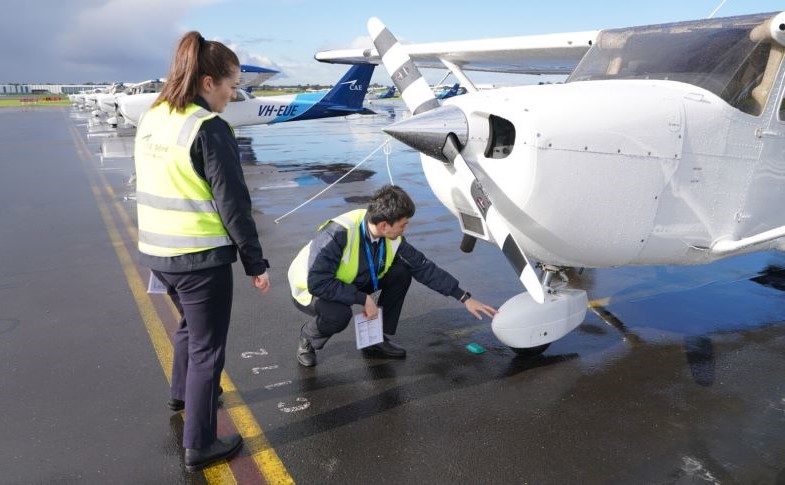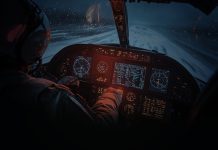Reading a maintenance release (MR) is a crucial skill for pilots. Ensuring you understand the status of an aircraft’s maintenance and overall airworthiness is not just a formality but a linchpin in the safety chain.
In case you need a refresh of the basics, here they are.
MR verification
Verify that you’re looking at the current MR for the aircraft you’re about to fly. Seem obvious? You’d be surprised.
Aircraft identification
Check the aircraft’s identification details, including its registration number and aircraft type, match the information on the MR. Any discrepancies should be immediately addressed with the maintenance personnel.
Release date
Note the place, date and time of issue of the release. Check the total aircraft time-in-service and when the maintenance release expires. An expired MR is not valid for flight. While maintenance personnel do their best, no-one is exempt from human error.
Maintenance provider information
Identify the CAR 30 maintenance organisation or provider that performed the maintenance, typically found at the top of the MR. Verify the MR has been signed and that a LAME licence or authority number is entered in the space provided.
Required maintenance
Check that no maintenance will be required during the period of your proposed flight. Part 1 of the MR sets out any scheduled maintenance that will be due during the period of validity of the document. Some maintenance items may fall due on a specific date and others may be required when the aircraft reaches a specified time in service.
Compliance statements
Check that previously due airworthiness directives, service bulletins or scheduled maintenance have been cleared by entries stating that the work has been completed in accordance with the data and certified by a LAME (or pilot if the maintenance is a pilot maintenance task).
Limitations and restrictions
These may include operational restrictions or requirements for further inspections after specified flight hours.
Talk to your maintenance crew
As a pilot or aircraft owner/operator, you’re responsible for understanding the MR and that the aircraft is airworthy. If any part of the MR is unclear or you have questions, chat with your maintenance personnel.
Three common errors in reading the MR:
- Inadequate understanding of terminology
‘Often pilots don’t know how to complete the daily inspection and close off the MR hours,’ says Steve Reh, Chief Flight Examiner at ALTO CAP Flight School. If you are unsure – ask!
- Ignoring limitations and restrictions
If you ignore limitations and restrictions, this could lead to unsafe conditions in flight.
‘An example would be an aircraft that is certified for VFR but gets used for IFR,’ says Ben Roocke, Chief Engineer at Gulfstream Aviation.
- Flying with due or overdue endorsements or defects
Pilots must ensure endorsements setting out an airworthiness directive requirement, or scheduled maintenance action, are current.
A great article previously published on defects can be found here.
Ben says, ‘I have seen pilots who have flown their aircraft with overdue airworthiness directives, and luckily enough, there have been no incidents. If a pilot has missed an endorsed item on the MR, going past its hours or calendar time, they need to contact their maintenance organisation to resolve whatever was missed.’
Reporting of major damage or defects is mandatory, but you should report any service difficulties as this helps CASA, aircraft manufacturers, maintainers and other aircraft users to be aware of any developing trends that may affect aircraft reliability.
More information:
- Civil Aviation Advisory Publication 43-1 – Maintenance release – guidance about the use of the MR
- CAR Part 4B – useful information for defect reporting.
Flight planning is one of the special topics on our Pilot safety hub.
Refresh your knowledge at casa.gov.au/pilots






Comments are closed.